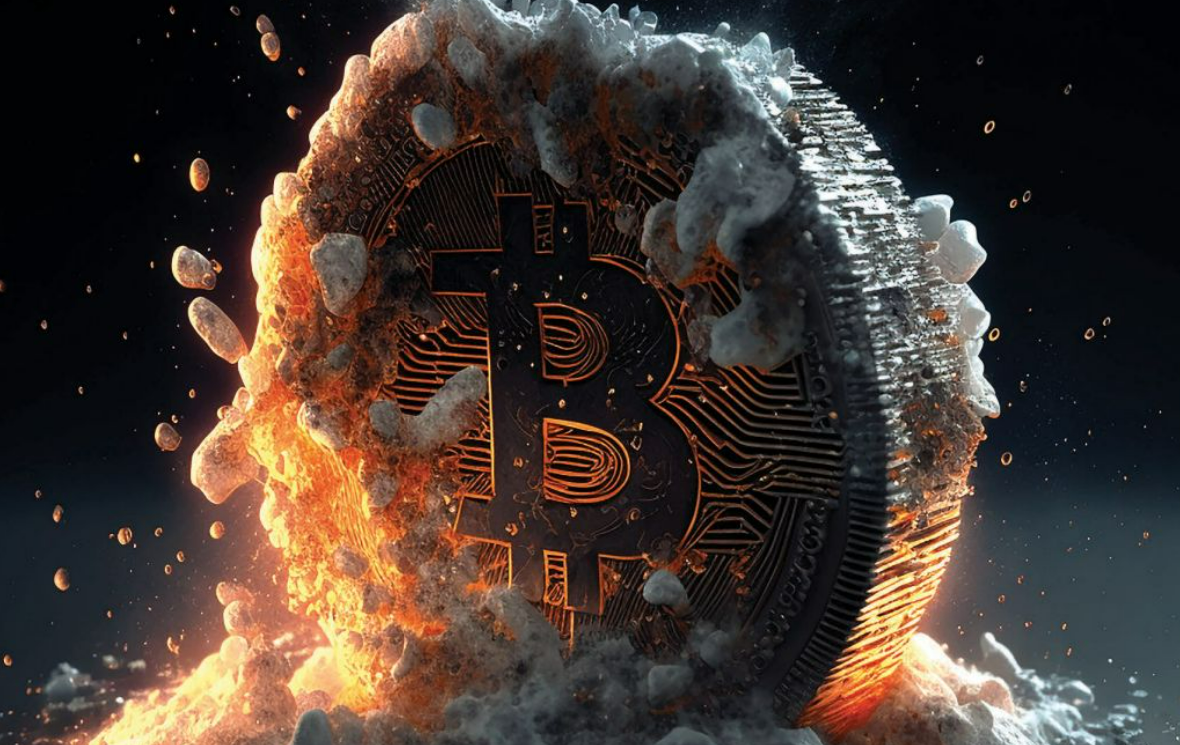After two crises in a year saw entire ecosystems of crypto brokers, lenders, funds and exchanges collapse, a third ‘Lehman moment’ would surely have exchange-traded product (ETP) issuers calling time as costs mount and more counterparties fold.
Crypto’s market cap fell $2.1trn to $786bn in the 12 months to 11 November 2022, as investors weighed up the impact of both the terra and FTX incidents, according to CoinMarketCap data.
Three months on, digital currencies and tokens have partially recovered, however, headlines of insider trading and tussles with regulators do not inspire confidence in a reformed asset class focused on structural soundness.
Unfortunately, leading the recent controversy has been none other than the largest crypto exchange, Binance. After being linked to alleged money laundering hub Bitzalto and having its new listings front-run by insider traders, the crypto exchange’s partner firm, Paxos, was issued a Wells notice by the Securities and Exchange Commission (SEC) on 12 February.
The notice targets the Binance USD (BUSD) stablecoin issued by Paxos for use on the Binance exchange and states the coin needs to be registered as a security. Shortly after, New York’s financial regulator ordered Paxos to stop minting BUSD and by the end of the week, Binance’s stablecoin had booked $2.5bn outflows.
If US investors lose access to BUSD altogether, this could raise the question of whether other stablecoins will face similar legal challenges, with a potentially meaningful impact on the asset class.
The loggerheads is still significant even if only Binance-specific, though, as CEO Changpeng Zhao announced he will curtail all his firm’s planned investments in the US including bids to revive bankrupt companies.
ETP issuers sensitive to bad news
Even if drama in the current third-largest stablecoin – note this used to be terra – does not result in crisis, it bears thinking about how crypto ETPs will fare during the next stress event.
According to Laurent Kssis, crypto specialist at CEC Capital, “the ETP structure itself is proven and tested” and may actually be the most robust part of its own value chain. “Even when products have had to delist [during terra and FTX], it is because there was no sourcing of the underlying asset but the actual structure and the product itself did what it said on the tin.”
Instead, the issuers of ETPs themselves deserve closer inspection, especially after Binance-backed Eqonex went into liquidation after failing to pay creditors last year and Bitpanda closed its ETP range due to low demand and high costs.
“Some issuers do not realise the financial burden involved in building and keeping an ETP on the market,” Kssis added. “You need to scale it, cover service providers and pay off ongoing obligations. I would not be surprised if we saw a lot more ETPs pulling the plug this year.”
Ahead of future black swan events, he said closer attention needs to be paid to issuers’ indebtedness including the length of time they have been in debt and whether they have a ‘going concern’, a term to describe a company that is stable enough to continue business for the foreseeable.
Also, investors should be mindful of issuers consolidating their product ranges. Kssis noted there are “too many” bitcoin ETPs while some products targeting smaller altcoins have struggled to amass assets – meaning closures could happen across the market cap spectrum.
No party without a counterparty
However, crypto ETPs are only as robust as their constituent parts. Another crisis event could expose structural frailties that were narrowly weathered during past unrest.
From a trading perspective, Roxane Sanguinetti, head of strategy at GHCO, said the FTX collapse saw market makers lose a “very active” liquidity pool.
Prior to FTX, Sanguinetti told ETF Stream liquidity was already a challenge in crypto ETPs as prime brokers demanded each position was capitalised between 100% and 160%, making large orders costly for market makers to execute.
The collapse of Sam Bankman-Fried’s exchange then added further risk and illiquidity, widening bid-ask spreads for end investors.
“Pre-FTX, we could easily quote bitcoin ETPs at 10-15 basis points, sometimes even lower than that,” Sanguinetti said. “This is not the case anymore – it is probably double that.”
She added during the FTX crisis, bitcoin ETP spreads widened to more than 1%. Part of this owed to the costs borne by market makers when artificially creating liquidity where none existed.
Whereas traditional ETFs settle almost instantly, Sanguinetti noted there is “a constant liquidity gap” of two days in crypto ETPs between when investors redeem their certificates and when issuers pass market makers the underlying coins.
To maintain liquidity, GHCO borrows coins in the interim period but when these borrow costs surge during sell-offs, they become “stuck”.
“That happened during the time of FTX when the lender BlockFi went down and borrow costs doubled,” Sanguinetti said. “Even now, the cost to borrow and execute coins is very high.
“Spreads remain wider in the ETPs and we are looking at our counterparty risk with even more scrutiny. Therefore, when accessing Binance or others with potentially higher risk, we had to drop certain counterparties, meaning there are fewer pools of liquidity you can access.”
When asked when costs would become prohibitive to GHCO operating in crypto ETPs, Sanguinetti said her firm is yet to downsize its activity but “it depends whether an issuer is willing to pay more because now our costs are higher”.
Another crash could tip the balance on cost, however, more worrying are previously unseen structural risks. During FTX, GHCO paid a premium for its loans to be uncollateralised, meaning they did not lose their collateral in instances where counterparties failed or recalled loans early.
“This is now something that is nearly impossible to do,” Sanguinetti said. “Remaining actors are asking for collateralised lending, meaning we have to be even more selective.”
Market makers still in the crypto “wild west” stand to benefit from being part of a select few in issuers’ order books, however, if another crisis ensues, the tradability of crypto ETPs could be stretched to breaking point.
This article first appeared in ETF Insider, ETF Stream's monthly ETF magazine for professional investors in Europe. To access the full issue, click here.




